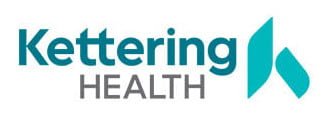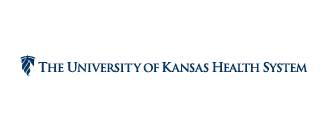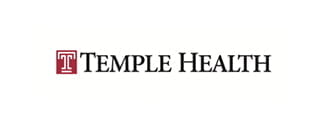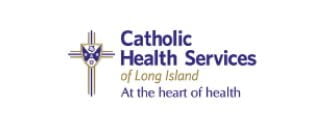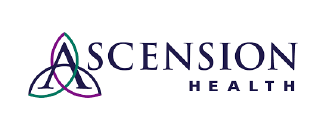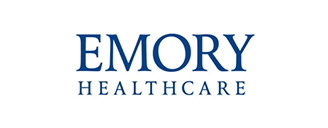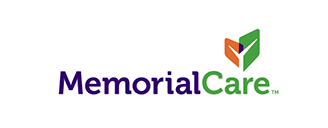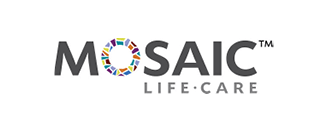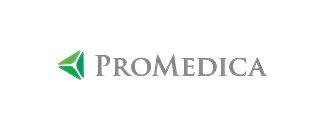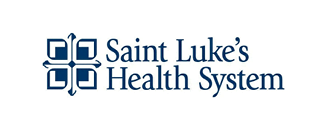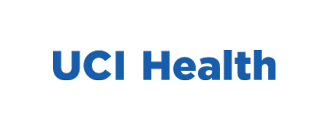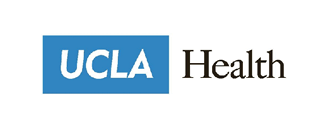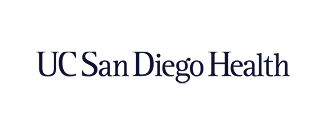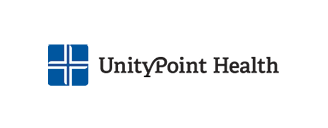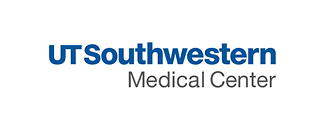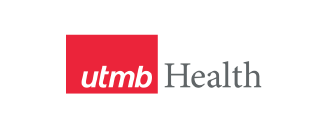The term “vertical integration” often carries a negative connotation in the specialty pharmacy space. However, hospitals are pioneering a positive form of vertical integration that yields advantages for patients, healthcare providers, and the overall business of Integrated Delivery Networks (IDNs).
A recent Drug Channels article details the positive impact of this development on the broader population it serves. Notably, hospital-owned pharmacies account for a growing share of the 1,651 accredited specialty pharmacies in the U.S., with 70% of specialty pharmacy operations within larger health systems emerging as the exclusive option within self-insured health systems’ networks.
Addressing access barriers through vertical integration
This form of vertical integration in hospitals has the potential to dismantle network access barriers in three ways, as outlined by Drug Channels:
- A hospital could require that manufacturers add its specialty pharmacy to their network.
- Hospital-employed physicians can seek access to a manufacturer’s limited dispensing network.
- A hospital could ask for its in-house pharmacy to be named a preferred network option.
Creating hospital verticals: A closer look
Hospital verticals are established through two primary methods:
- Incentivizing or mandating employees and their dependents to utilize the hospital pharmacy for prescription fulfillment.
- Encouraging and guiding providers within and affiliated with the health system to direct their prescription orders to the health system’s pharmacy.
This alignment not only generates increased revenue for the health system, propelling organic growth but also fosters an outcome-centric model. More patients remaining within the ecosystem experience enhanced health outcomes, fostering feedback loops that ultimately amplify growth for the entire system—via heightened provider satisfaction, increased patient satisfaction, and improved population health.
As health systems engage in their merger and acquisition endeavors, this effect is further compounded.
All stakeholders, ranging from manufacturers to payers, must adapt to this paradigm shift toward hospital-owned specialty pharmacies. We anticipate that this trend will shape the marketplace, positioning the aging patient population and the evolving industry for success in 2024 and beyond.
For further insights into the essential tools for effectively operating a hospital-owned specialty pharmacy, explore www.getvpl.com/pharmacy-solutions.
About VPL
We modernize clinical supply chains to support healthier patients. Our technology-driven solutions and consultative customer experience empower health systems and outpatient pharmacies to build smarter, more resilient supply chains. With over 700 hospitals and a 97% customer retention rate, we’re trusted to deliver transparency, cost savings, and peace of mind.

